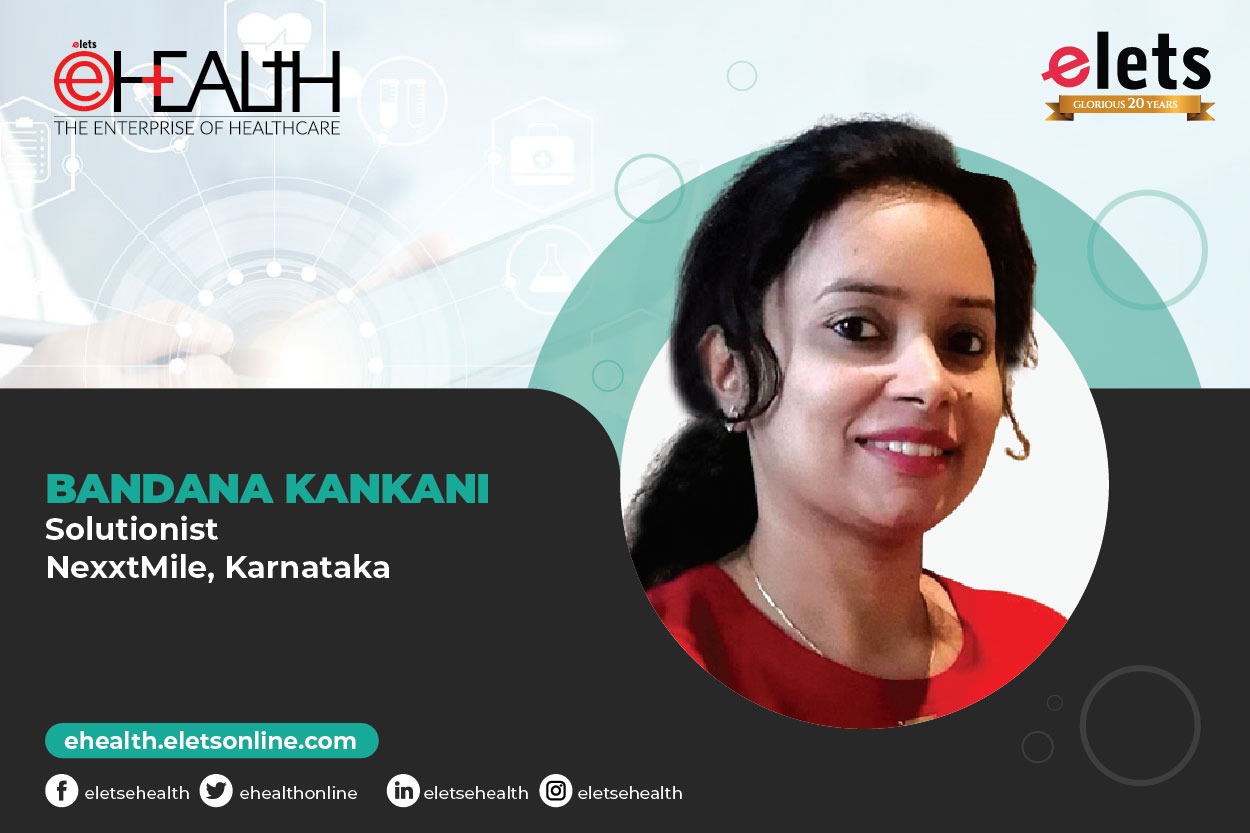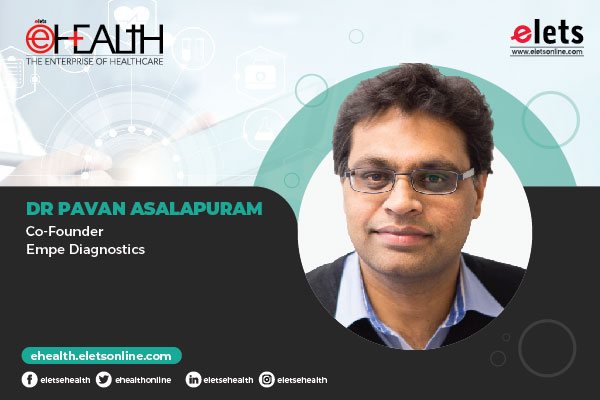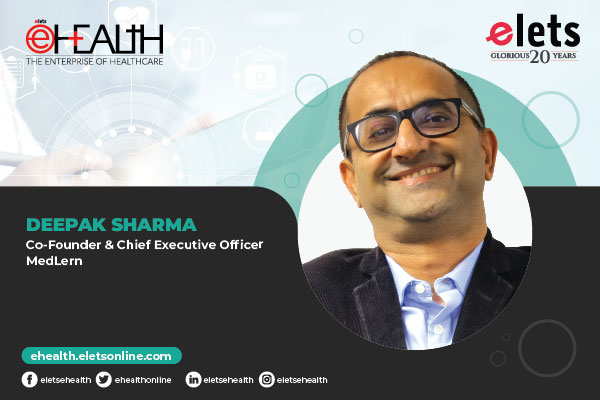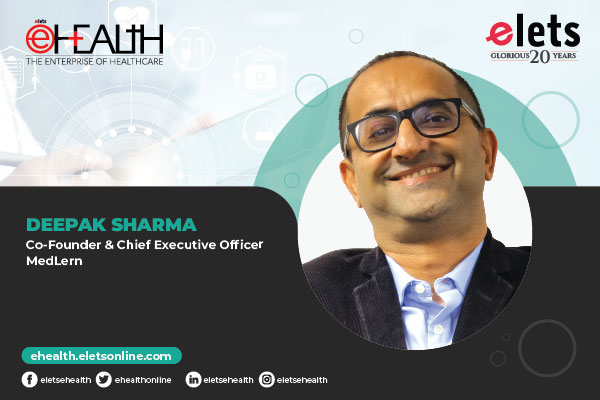Care element is missing in India’s healthcare system: Bandana Kankani, NexxtMile
Non-Communicable Diseases (NCDs) are a burning issue for India. 63 per cent of the deaths are due to NCDs, of which 53 per cent are pre-matured. NCDs impact human productivity and increase healthcare costs. It directly impacts the quality of life for the person suffering from it and the entire family. It is not just information or data but a reality affecting every individual directly or indirectly in India. Check within your family & friends circle, and you may notice that 20 per cent to 35 per cent or more people are suffering from one or the other chronic diseases.
Healthcare startups in India have been focused on volume rather than value. The current digital health landscape is full of offerings that are in silos. Lack of integration leads to ineffective care and overlapping services, leading to extra spending and disconnected experience for patients. The real problem is more profound. Let’s understand the issue at the core.

The ratio of doctors to patients in India is low, meaning that conversations with them are brief. Patients often miss capturing all the necessary dos and don’ts. They rely on others with similar conditions in their circle or other sources available to them, which often are inaccurate & incomplete. As a result, they don’t fully understand their condition or treatment plan. This leads to medication nonadherence & later, a regretful feeling when the condition has progressed, impacting the quality of life. To bridge the gap, new solutions are needed that go beyond simply making healthcare accessible and affordable.

The new approach must be patient centric, providing value-based care for better long-term outcomes. It requires an entirely new system that would combine products & services along with proper guidance & nudge the patient to take the right action to manage their condition. It should be effortless for the patients & provide them peace of mind. The need for reprogramming their minds to take proactive care of their health is a must. An empathetic approach is vital in achieving the desired behavioural shift needed.
Solutions that have worked in Western countries may not be an absolute fit for India. The new approach would need to be phygital (physical-digital) which combines the benefits of both physical and digital mediums, ensuring that patients receive personalised care while leveraging the convenience of technology. Technological advancements like telemedicine and AI-driven data analysis tools will help build new solutions.

Arriving at optimal solutions would need trials of different approaches and more funding in the space. Unfortunately, the funding in India for value-based model focusing on chronic disease management has been insignificant despite India being the diabetic and hypertension capital of the world. There would be different challenges for the startups trying to solve the burning issue, but the path needs to be walked before it’s too late.

Below is an extract from NITI AAYOG Report 2019, November Managing chronic disease longitudinally over many decades will require new approaches to healthcare delivery. Involving the patient directly in their self management of their disease may improve patient compliance and may help us avoid some severe complications from their disease by quickly recognising the first signs of their disease. Most NCD management efforts to date have focused on systems that impact a single disease called “vertical programmes”. This current approach has many downsides. Among these downsides is that they fail to recognise co-morbidities and the interaction between multiple pathologies. Also, they usually require independent data entry of redundant data, which is recorded elsewhere, thereby adding to the burden of data entry.
Views expressed by Bandana Kankani, Solutionist, NexxtMile, Karnataka
post_id:uld_count:
Cookie not set
Value 1: 0
Value 2: 10
















